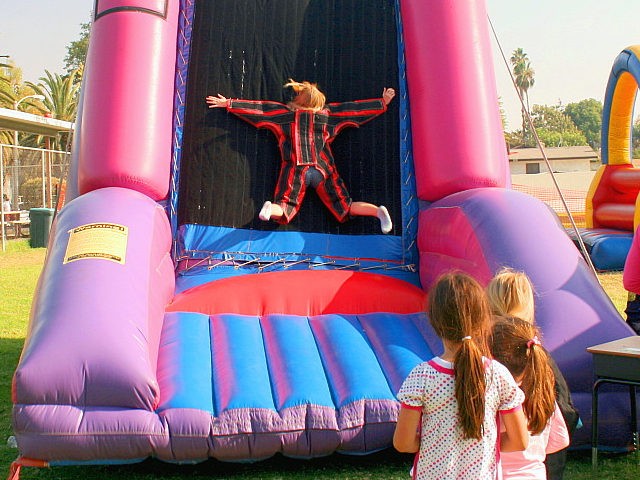To address the huge insurance risks associated with self-driving cars committing suicide to avoid hitting pedestrians, Google has filed a patent that would glue any pedestrian that is hit onto the hood of a car.
Autonomous (self-driving) cars are the hottest innovations manufactures are selling. Most cars already support features that include intelligent cruise control, parallel parking programs, accident avoidance and even automatic overtaking.
But there have been some nightmares as engineers prepare to turn over driving a car to its computer. As reported in “Drivers Push Tesla’s Autopilot Beyond Its Abilities,” Model S drivers had used their “autopilot” feature to do some really stupid stuff.
One Tesla driver owner posted a YouTube video of taking his car out on a crowed freeway, and then switching on the autopilot, so that he could sit in the backseat and play video games.
Numerous risky actions forced Tesla to “disable and recall” the autonomous operation software.
The biggest ethical question that has real financial liability for auto manufacturers is how a self-driving car should be programmed to act in the event of an unavoidable accident. In a recent article from the insurance industry warned, “Injury lawyers will be attracted to Google’s driverless cars like flies to fly paper.”
In “How to Help Self-Driving Cars Make Ethical Decisions,” the Massachusetts Institute of Technology (MIT( asked the question: should the car’s computer minimize the loss of life, even if it means sacrificing the occupants, or should it protect the occupants at all costs? Should it choose between these extremes at random?
Researchers believe the answers to these ethical questions is important, because they could have a big impact on the way self-driving cars are accepted in society. For example, who would buy a car programmed to sacrifice the owner?
MIT surveys revealed that respondents say the computer should act to minimize loss of life. But when asked if their own children or mothers with babies in carriages should have priority, the respondents agree that they both should have extra protections.
Google seems to have come up with an innovative solution to minimize pedestrian injuries, called “Think Flypaper.” Instead of acting like an airbag to cushion the impact, Think Flypaper would act like glue to catch the pedestrian on the hood to minimize catastrophic injuries from the impacted pedestrian sent flying by the impact.
The technical specifications are complex, but the car would have an eggshell covering over an adhesive to protect the surface from everyday driving, until cracked by a heavy impact.
When cars run over people today, they person can be carried along and then flung when the driver hits the brakes. The pedestrian then can suffer impact injuries from hard roadway surfaces, or be hit again by other cars.
Google’s patent acknowledges that robot cars will hit pedestrians, until the technology is optimized to the point where vehicles can “avoid all accidents.” But with Google’s Think Flypaper, “The adhesive layer may be a very sticky material and operate in a manner similar to flypaper, or double-sided duct tape.” The patent benefit includes, “The adhesion of the pedestrian to the vehicle may prevent the pedestrian from bouncing off.”
Google’s patent award comes after pedestrian fatalities from being hit by automobiles rose 10 percent rise last year to about 5,260, according to the Governors Highway Safety Association (HAS). The HAS blamed distracted driving (code words for texting) and more cars on the roads.
Stanford University School of Law professor and autonomous car expert Bryant Walker Smith told the siliconvalley.com blog:
”Manufacturers have gotten remarkably good at protecting the occupants of the vehicle, but there’s been much less attention to protecting the people outside. I applaud anybody for thinking, as they should, about people outside of the vehicle.”
To release the glued pedestrian, Google’s patent includes the option of a “releasable adhesive” that would allow the person to be “unstuck” after a determined delay period.


COMMENTS
Please let us know if you're having issues with commenting.